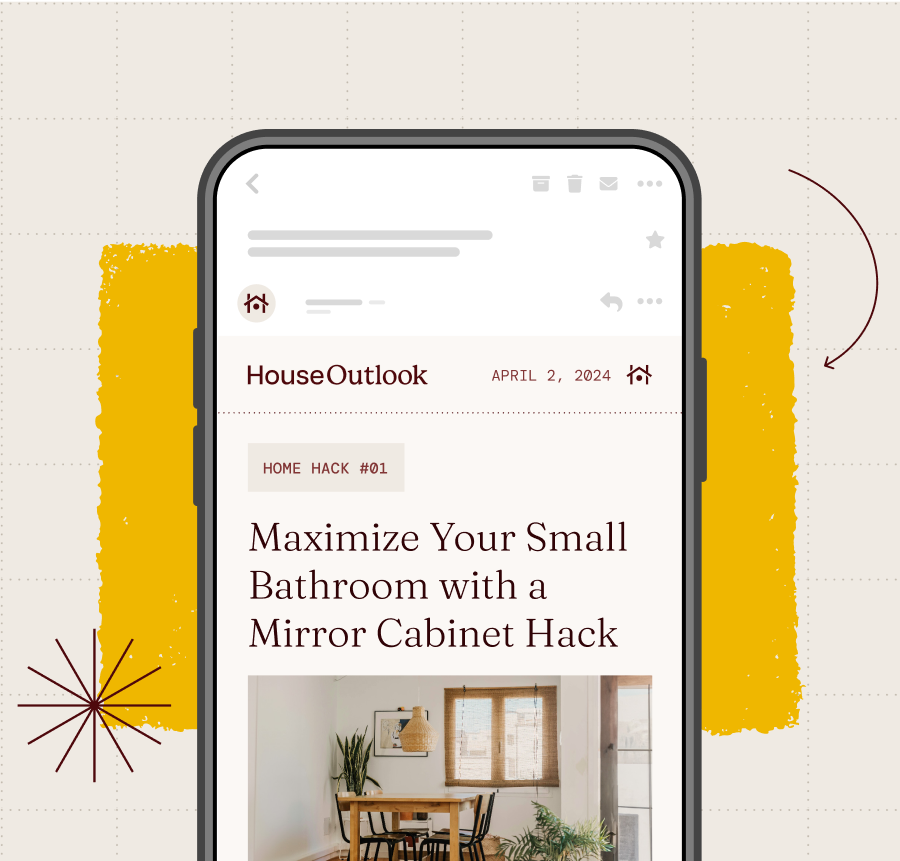Picture this: You’re in a home improvement store, staring at a wall of paint chips. Do you feel overwhelmed just thinking about it? Choosing between pistachio versus seafoam, cream versus ecru, or mocha versus taupe can be daunting, especially since paint colors often look different when applied to walls.
Before committing to a gallon, try this easy hack to ensure you’ll love the shade on your walls in the morning light, the afternoon glow, and all the moments in between. Instead of painting sample colors directly onto your walls, consider using foam boards as a clever alternative.
Why Use Foam Boards?
Painting sample colors directly on your walls can create a patchy surface, especially if you want to test colors before executing all the painting prep work, including washing, patching, sanding, and priming. Foam boards, meanwhile, provide a smooth, neutral background that you can move throughout the room at different times of the day. This way, you’ll know exactly how that mauve looks at sunset or if that gray’s blue undertones come out at high noon. The foam board method can be especially helpful if you’re wavering between several shades, because you can observe them side by side without creating a patchwork of colors on your walls.
More from our network
House Outlook is part of Optimism, which publishes content that uplifts, informs, and inspires.
Prep the Foam Boards
Buy one full-sized foam board per paint color you’re testing. Standard sizes vary by brand, but choose one that’s at least 16 by 20 inches — a big upgrade (literally) from the tiny paint chips you collect at the store. Most foam boards come in white, but if you buy them in off-white or a darker color, be sure to prime them first. Then, apply two coats of paint to the foam board, just as you would on a wall. Let each coat dry completely before judging the color, as some paint colors subtly change as they cure.
Experiment With the Foam Boards
Once the foam boards are dry, place them against different walls in the room. Move them throughout the day to see how natural and artificial light affect the hues. Position them near all of the room’s main features: furniture, flooring, and artwork. Continue to move the boards around for 24 to 48 hours before making a final decision.



















